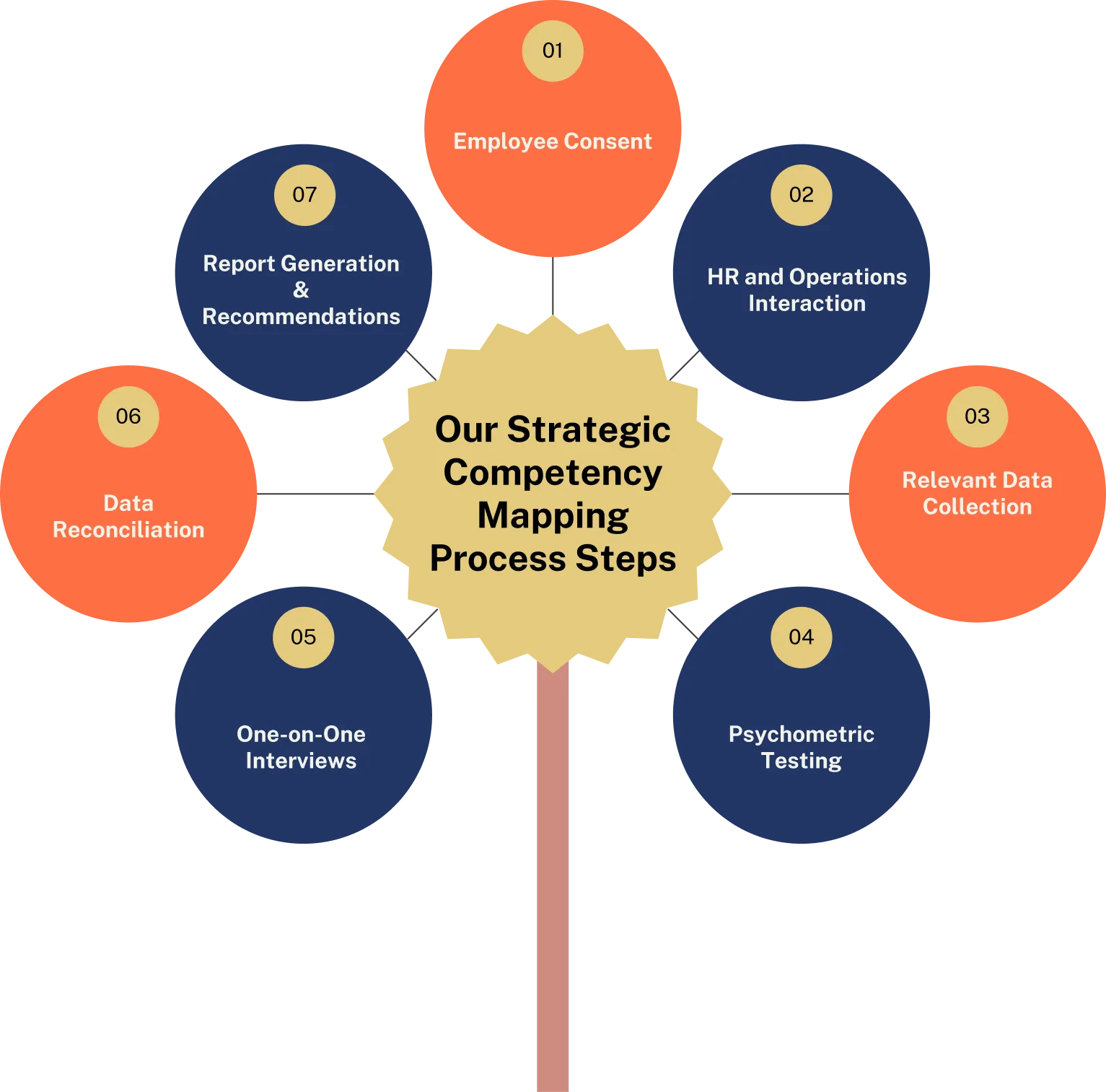Problem Statement
The organisation faces high employee turnover, disrupting operations and increasing hiring costs. This is due to a mismatch between employee skills and roles, leading to job dissatisfaction and poor engagement. Current HR strategies fail to meet evolving needs, with insufficient career advancement and development opportunities. Consequently, the company struggles to retain a stable workforce, impacting productivity and service quality, and necessitating a strategic overhaul of competency mapping to align talent development with organisational goals.

Background
The company operates in Sri Lanka’s maritime industry, offering services like ship chandlering, technical spares, and ship repairs. With 500 employees, it has grown steadily over the past 20 years, benefiting from Sri Lanka’s strategic location on international shipping routes. As the company expanded, the need for specialised skills became clear.
However, a mismatch between employee skills and job requirements has caused inefficiencies and high turnover. This shows the urgent need for competency mapping to better align talent with the company’s needs.
Key Issues

Skill-Role Mismatch
The company’s specialised maritime services require precise competencies. However, there is a misalignment between employees’ skills and their roles, leading to inefficiencies and reduced service quality.

High Turnover
The organisation experiences high employee turnover due to the absence of structured career paths and a lack of alignment between employee abilities and job demands. This increases recruitment and training costs.

Inconsistent Performance Management
Without a formal competency framework, evaluating employee performance and identifying skill gaps is challenging, hindering targeted training and development efforts.

Limited Career Growth
Employees are frustrated by unclear career progression opportunities and insufficient professional development, resulting in disengagement and higher attrition rates.

Leadership Gaps
The lack of a competency-based succession plan has created leadership voids, making it difficult to promote internal talent and affecting the company’s long-term growth potential.
Objectives
1. Retain talent by aligning employee skills with appropriate roles.
2. Enhance efficiency through precise skills assessment.
3. Improve performance evaluations with clear competency criteria.
4. Develop leadership through competency-based development paths.
5. Align workforce skills with business objectives for sustained success.

Proposed Solution

The Employee Competency Mapping Project effectively addressed the organisation’s challenges related to workforce alignment and talent development. This initiative involved a thorough analysis and enhancement of employees’ skills, job responsibilities, and personality traits to better align with the organisation’s needs.
The project systematically identified and addressed skill gaps, using psychometric testing to match employees with suitable roles. This alignment was essential for optimising individual performance and overall operational efficiency. By offering actionable insights and recommendations, the project enabled HR to create targeted talent development strategies and effective succession planning.
Consequently, the organisation enhanced its capacity to adapt to future challenges and leadership needs. The successful execution of this competency mapping initiative ensured that the organisation was well-prepared to meet current operational demands and strategically positioned to cultivate a resilient and adaptable workforce for the future.

Outcomes
The implementation of competency mapping led to a 20% improvement in aligning employee skills with roles, boosting job performance and productivity. Targeted training programs bridged competency gaps, making the workforce 24% more capable. Employee engagement and satisfaction rose by 30% due to clearer career progression, reducing turnover by 20%. Succession planning was also strengthened, ensuring long-term organisational stability and growth.
